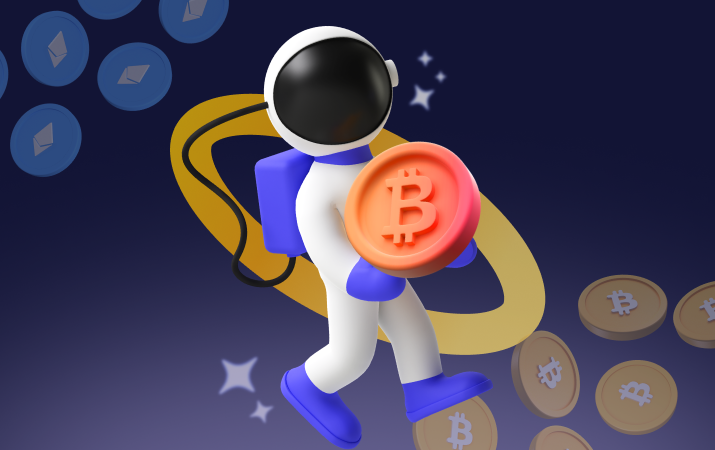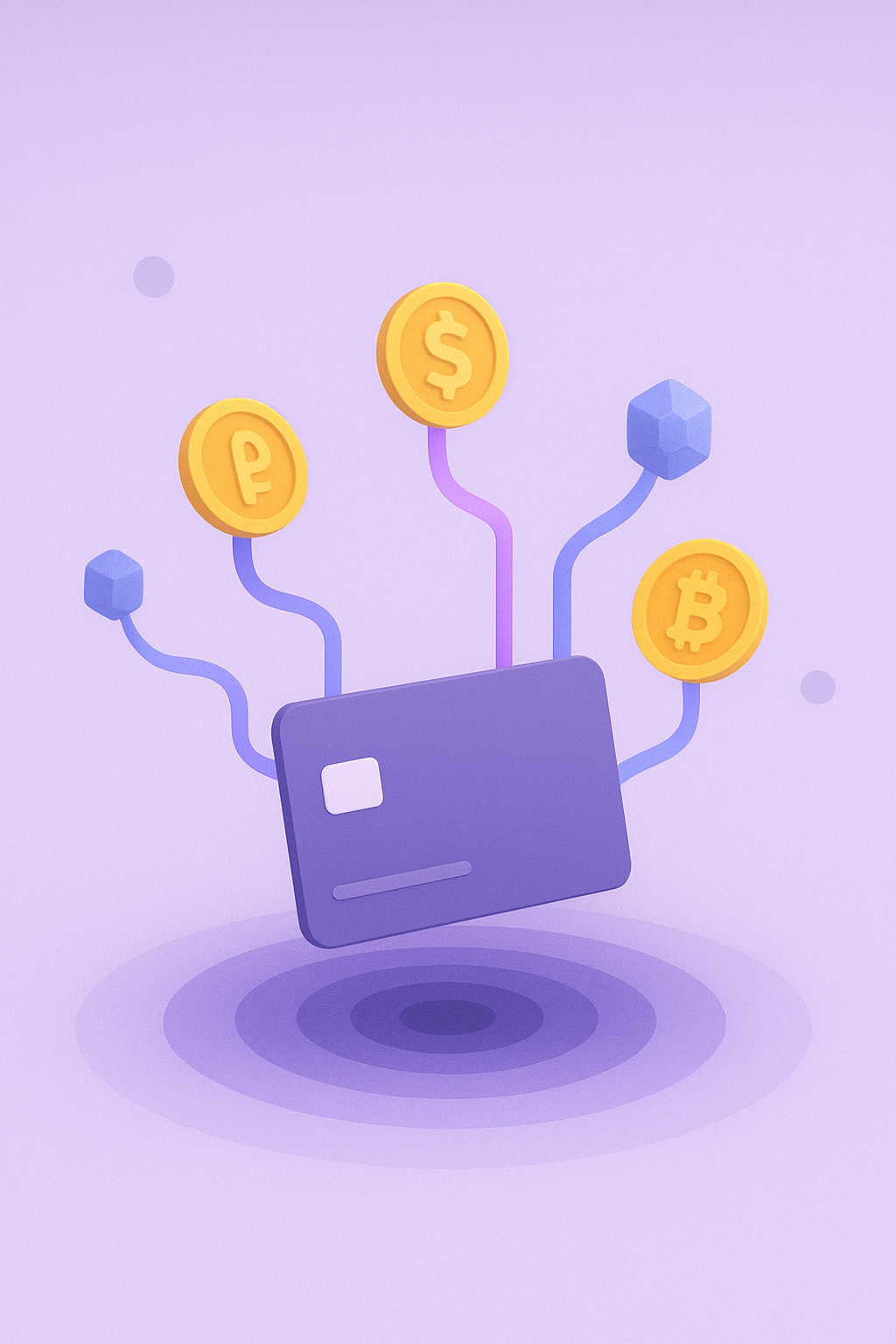The cost of developing and using artificial intelligence (AI) is a major barrier, which is why everyone is looking for the cheapest option. However, recent technological advances suggest that costs will drop significantly in the coming years. OpenAI CEO Sam Altman recently claimed that the cost of AI is decreasing by a factor of 10 each year, a claim that could revolutionize the accessibility and application of AI in many fields. This article explores the factors contributing to this drop in costs, the potential implications, and the challenges to democratizing access to AI.
Factors behind the dramatic drop in AI costs
Several factors are contributing to the reduction in AI costs. First, continued advances in the design and manufacturing of specialized chips (GPUs, TPUs) are increasing computing power while reducing energy consumption. These chips, optimized for machine learning tasks, are essential for training and deploying complex AI models. Increasing their energy efficiency significantly reduces infrastructure costs.
Next, innovations in algorithms and neural network architectures make it possible to create more efficient AI models with less data and fewer computing resources. Transfer learning and self-supervised learning techniques make it possible to reuse knowledge acquired on similar tasks, thus reducing the time and cost of training new models. Finally, the rise of cloud computing offers on-demand access to scalable and affordable computing power.
Implications and challenges of lower-cost AI
The falling costs of AI could have major implications for many sectors. It could make AI accessible to small and medium-sized enterprises (SMEs) that do not have the financial resources to invest in expensive AI solutions. This could boost innovation and competitiveness in many areas, such as health, education, finance and industry.
However, this democratization of AI also raises challenges. It is important to ensure that AI is used responsibly and ethically, avoiding bias and discrimination. In addition, it is necessary to train a skilled workforce capable of designing, deploying and managing AI systems. Finally, it is important to reflect on the implications of AI on the labor market and to put in place policies to support workers affected by automation.








